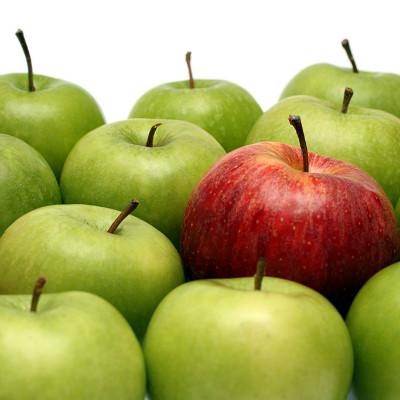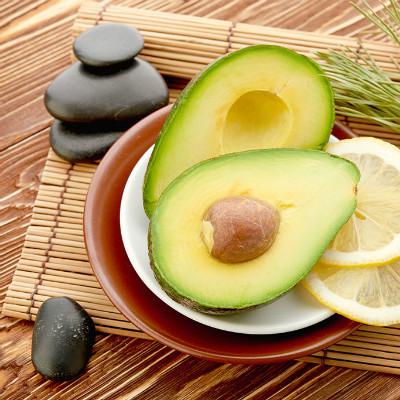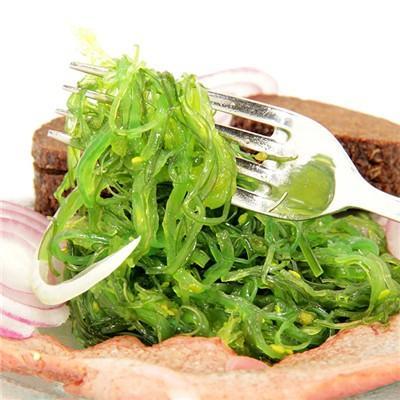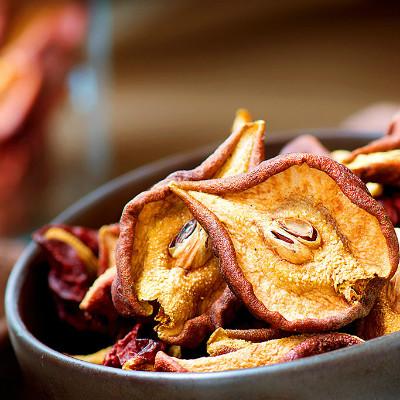What is nephroblastoma
summary
The kidney is the place where our body filters urine, which can effectively block the passage of protein and nutrients. Let's share some knowledge about nephroblastoma.
What is nephroblastoma
First, nephroblastoma is an embryonic malignant tumor. The disease was first reported by rance in 1814. Wilms made a detailed pathological description of the disease in 1899, so it was named Wilms tumor. According to the classification of renal tumors in who "pathology and genetics of tumors of urinary system and male reproductive organs" in 2004, the disease originated from renal embryonic basal cells.

Nephroblastoma is the second most common abdominal malignant tumor in children. 98% of the cases occurred under 10 years old, most of them were under 3 years old. The incidence rate was significantly reduced after 3 years old, and was rare after 5 years old. In adults, about 3% of them occurred in adults. 20% of adult Wilms tumors occur in 15-20 years old and 80% in 30-70 years old. The disease is generally regardless of gender, the prevalence of men and women is almost the same, most of the side of the disease, 3% - 10% of the bilateral, patients with bilateral or simultaneous occurrence.

Finally, the vast majority of children with Wilms' tumor are inadvertently found abdominal mass, such as when bathing, changing clothes or touching the child's abdomen. Usually, the surface of the mass is smooth and smooth, hard, without tenderness, and the mass is usually fixed. In some cases, abdominal distention or bilateral asymmetry occurred. A small number of children with abdominal pain or nausea, vomiting, loss of appetite symptoms of digestive system diseases. There are also a small number of children with hematuria, fever, hypertension. Late stage children may appear pale, emaciated, listless, and even metastatic symptoms, such as hemoptysis, headache and so on. There are 12% ~ 15% of children with congenital malformations, such as congenital iris choroidal defect, duplication kidney, horseshoe kidney, polycystic kidney, ectopic kidney, visceral hypertrophy, omphalocele, megaglossia, hemihypertrophy. The clinical manifestations of adult nephroblastoma are similar to those of renal cell carcinoma, including asymptomatic, hematuria, lumbago and abdominal pain, abdominal mass, etc.

matters needing attention
People with nephroblastoma should not eat irritant food, pay attention to bed rest, do not drink a lot of water, diet should pay attention to strong acid food: egg yolk, cheese, white sugar or persimmon, mullet, Chaiyu, etc.











